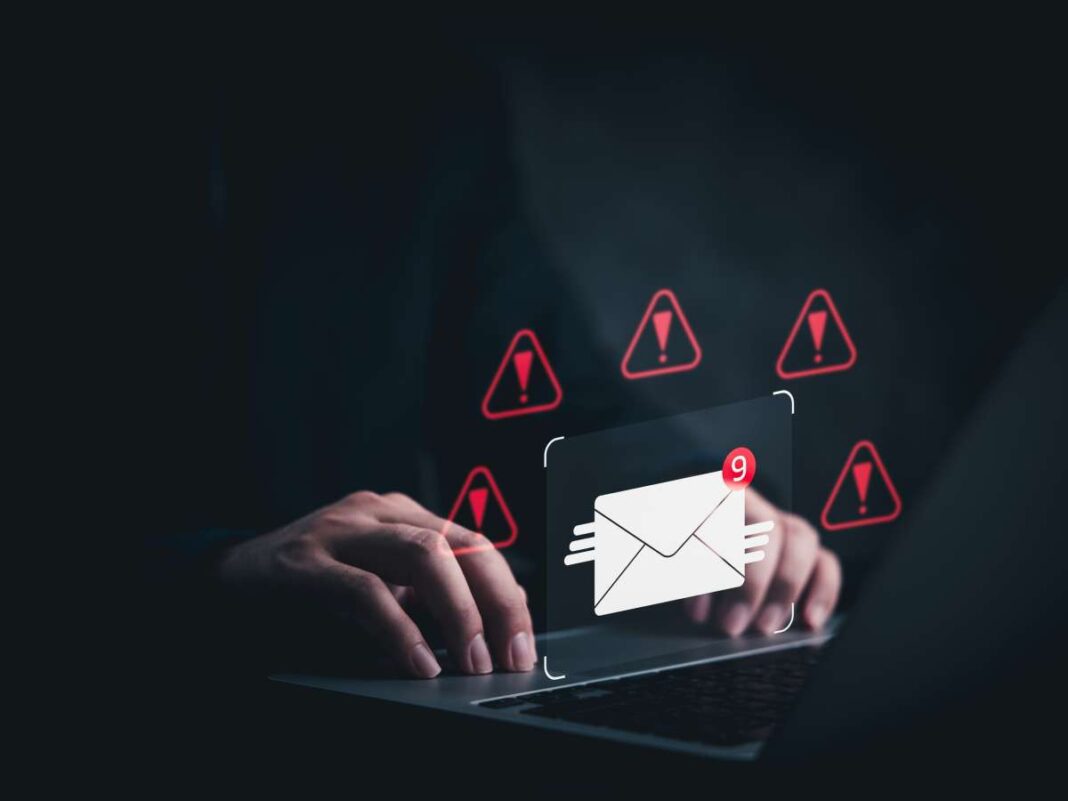In recent years, the digital landscape has undergone rapid transformation. While technological innovations bring unprecedented convenience and connectivity, they also open doors to more sophisticated cyber threats. Cybercriminals are leveraging artificial intelligence (AI), deepfakes, and advanced malware to outsmart traditional security measures, making cybersecurity not just an IT concern but a critical business and personal necessity.
The Evolving Threat Landscape
AI-Powered Cyberattacks
Cybercriminals are increasingly using AI to automate attacks and evade defenses. AI algorithms can now crack passwords swiftly, making even moderately secure passwords vulnerable without multi-factor authentication. These AI-driven attacks can generate phishing emails that are nearly indistinguishable from legitimate communications.
Deepfake Scams
Deepfake technology has evolved to the point where fake videos and audio clips are nearly indistinguishable from real ones. Cybercriminals exploit this technology for identity fraud, creating convincing impersonations to trick victims into financial fraud or revealing sensitive information.
Advanced Ransomware (Ransomware 2.0)
Malware attacks involving ransomware have become more aggressive and sophisticated. This evolution, known as Ransomware 2.0, involves data theft before encryption, increasing pressure on victims to comply with demands not just to restore access but also to prevent public data leaks.
Supply Chain Attacks
Supply chain attacks target vulnerabilities within third-party vendor systems to infiltrate larger networks. By compromising a single supplier, attackers can gain access to multiple organizations downstream, causing widespread disruption and data breaches.
Internet of Things (IoT) Vulnerabilities
Many IoT devices still use default credentials or have weak security features, providing easy entry points into personal and corporate networks. Botnets and malware designed for IoT devices can disrupt personal lives and critical industrial systems.
Protecting Yourself in 2025
Adopt a Zero-Trust Security Model
A zero-trust security model requires continuous user and device verification, ensuring that every access request is authenticated, authorized, and encrypted. This model assumes that threats can originate from anywhere inside and outside the network.
Utilize AI-Powered Threat Detection
Employing AI in cybersecurity helps organizations detect threats faster and more accurately. AI-powered tools can evaluate vast amounts of information in real time, identifying unusual patterns and neutralizing risks before they escalate.
Implement Multi-Factor Authentication (MFA)
Adding extra layers of security through MFA can significantly reduce the risk of unauthorized access. MFA requires you to provide two or more verification elements to get access to a resource, making it harder for attackers to breach accounts.
Practice Good Password Hygiene
Use strong, unique passwords for each of your accounts. Passwords should be at least 12 characters long. Furthermore, they should include a combination of letters, numbers, and symbols. Consider using password managers like LastPass or Bitwarden to manage your passwords securely.
Keep Software and Devices Updated
Regularly update your software, devices, and applications to patch security vulnerabilities. Enable automatic updates whenever possible to ensure protection against the latest threats.
Educate Yourself and Your Team
Human errors are a major cause of security breaches. Invest in regular training and education to recognize phishing attempts and similar attack vectors.
Secure Your Home and Public Networks
Use strong encryption like WPA3 for your home Wi-Fi network. Avoid accessing sensitive accounts on public Wi-Fi networks; if necessary, use a Virtual Private Network to encrypt your connection.
Protect Your IoT Devices
Modify default passwords on all IoT devices, keep firmware updated, and set up a separate network for these devices. This restricts access to your primary network and reduces the risk of attacks spreading.
Monitor Personal Information
Use services like “Have I Been Pwned?” to check if your data has been compromised in a breach. Subscribe to identity theft protection services that safeguard and monitor your personal data and alert you to suspicious activities.
The Role of Businesses in Cybersecurity
Strengthen Data Privacy Measures
Ensure compliance with GDPR and CCPA regulations by implementing strict data privacy protocols. Encrypt sensitive data and provide access to authorized personnel only.
Secure Cloud Environments
Regularly audit cloud configurations to prevent misconfigurations that can lead to data exposure. Enable security features like role-based access control and MFA to enhance cloud security.
Conclusion
As cyber threats become smarter and more aggressive in 2025, staying one step ahead
requires a proactive and holistic approach to cybersecurity. By adopting advanced security features, staying informed about rising threats, and fostering a culture of vigilance, individuals and companies can protect themselves in this new era of smarter threats.

